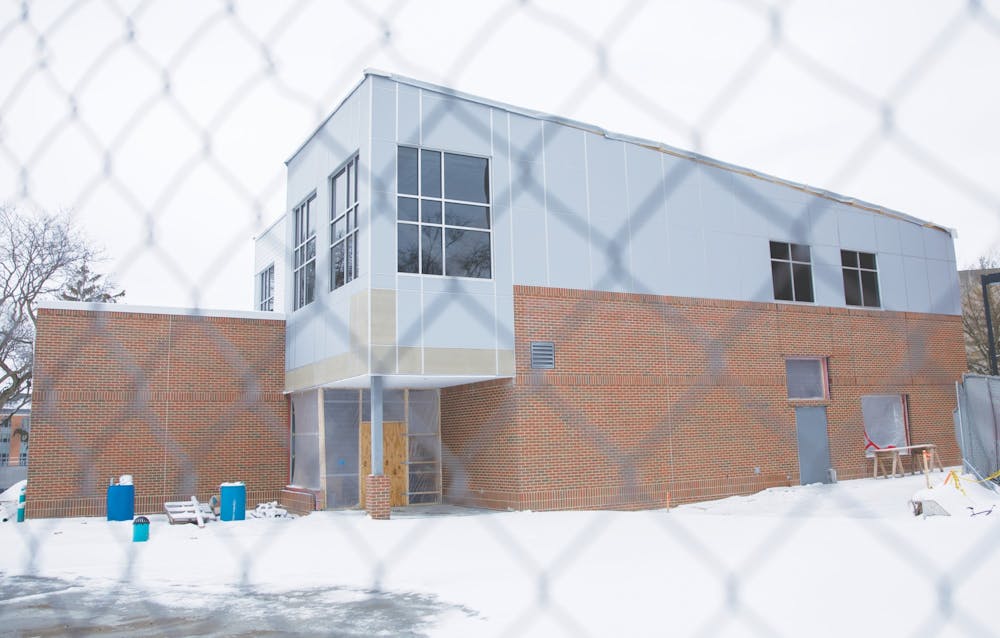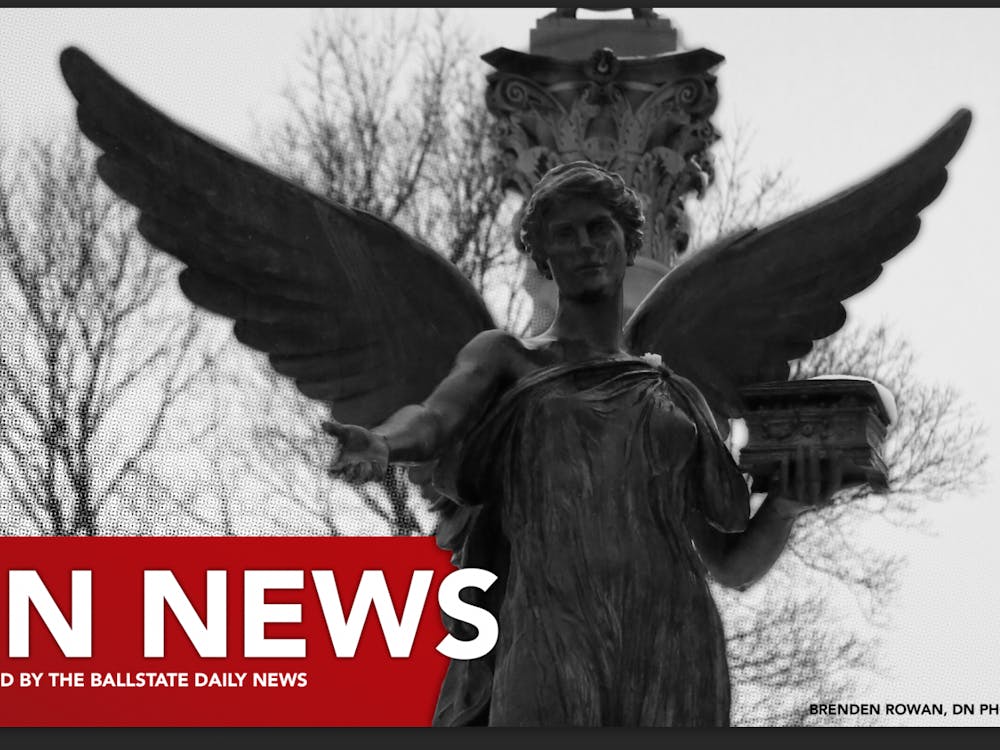Creation of the new Multicultural Center timeline
May 2018: Board of Trustees approves $4 million budget for the new Multicultural Center.
June 2019: Facilities Planning and Management office unveils virtual rendering of the completed center.
October 2019: Construction begins on the Multicultural Center.
March 2021: This is the predicted completion time of the new Multicultural Center.
Source: Ball State University Press Center
When Keisha Warren-Gordon, associate professor of criminal justice and criminology, was a Ball State undergraduate student from 1992-95, the Multicultural Center was about 20 years old. The center was called the Special Programs House, which opened in the 1970s to serve Black students.
Warren-Gordon, who is also the co-director of the African American studies program, remembers meeting classmates at the Multicultural Center from her time as a student. She returned to Ball State as a faculty member in 2007.
“I think that the university has made great strides in providing opportunities for inclusion of students of color — not just Black students, but for other races and ethnicities,” she said. “I think one area is in the development and relaunch of the African American studies program. I’m very proud of the support that the university has put behind us.”
Warren-Gordon said Ball State didn’t have any courses designed specifically for African American studies when she took over the program in 2019. The program now has three courses, and Warren-Gordon said faculty are working to integrate a class into the University Core Curriculum.
“Having the opportunity to broaden the population of students who can take those courses would be another step forward,” she said. “It’s always about moving forward and what our students are saying that they want.”
To make Ball State’s campus more inclusive and welcoming, Marsha McGriff, associate vice president for inclusive excellence, developed Ball State’s first inclusive excellence strategic plan in 2019. McGriff said university staff had already hosted Beneficence Dialogues and developed goals for inclusivity before she led the development of the formal plan.
The Inclusive Excellence Plan developed with input from the President’s Advisory Council on Inclusive Excellence and other organizations on campus, McGriff said.
Eventually having each college within the university create its own inclusive excellence plan is something McGriff said she is proud of.
“The fact that everyone recognizes the importance of inclusive excellence here at Ball State is extremely powerful,” she said. “I think inclusive excellence is important to the Ball State community because it allows faculty, staff and students to feel as if they are welcomed and belong here. It recognizes that every member of the community has something to offer and something to teach us.”
Kendra Lowery, assistant dean for school engagement at Teachers College, said Teachers College’s inclusive excellence plan includes guest speakers as part of the Emens Distinguished Professor series to promote campus inclusivity.
“Our instructors teach a variety of courses with the goal of increasing awareness of the wide range of diverse identities across the human experience,” Lowery said. “Our goal is to develop our broad range of current and future education professionals to become advocates for social justice, equity and inclusive excellence.”
McGriff said the university’s inclusive excellence plan is just one part of Ball State’s goal to create an inclusive culture on campus. The new Multicultural Center aims to welcome and support students as they learn about diversity.
Ro-Anne Royer Engle, vice president of student affairs, said in an email that President Geoffrey Mearns treated replacing the current Multicultural Center as a priority when he arrived on Ball State’s campus in 2017.
“The Multicultural Center at the heart of campus affirms the importance of the space to the student experience at Ball State,” Royer Engle said. “A larger space allows for expanding programming opportunities and events for all students.”
Bobby Steele, director of the Multicultural Center, said its new home, built to the east of Bracken Library, will be more accessible to students.
“The new facility further demonstrates a commitment to diversity and inclusion,” Steele said. “The new facility will allow for the expansion and development of programs and services that support a diverse student body.”
Steele said his favorite memories of working in the Multicultural Center include getting to interact with students who visit the facility, which he hopes he will be able to do more of in the new building.
“The Multicultural Center will continue to host programs and initiatives that support historically marginalized student populations as well as provide educational opportunities for the Ball State community to learn about diversity, equity and inclusion,” he said.
Members of the Black Student Association (BSA) are also excited for the opening of the new Multicultural Center and believe it will be like “a second home.”
“The diversity of what this center offers is amazing,” Sydnee Cummings, junior chemistry major and BSA secretary, said in an email. “There are so many ways to always get involved on campus, and the Multicultural Center provides students and staff with the opportunities.”
Cummings said she hopes BSA’s members will take advantage of all that the Multicultural Center has to offer, including the library, computer lab and multipurpose room.
“With the Multicultural Center resources, we can help create an inclusive culture on campus for our current and future members,” Cummings said.
The Latinx Student Union (LSU) is looking forward to what the Multicultural Center has to offer and how close it will be for students on campus to access. LSU plans on holding its meetings in the Multicultural Center when it opens.
“Our meetings are going to be closer to a lot of the dorms, and that would help with attendance since a lot of people can’t make it when it’s far from their dorm,” said Abril Castaneda, junior public relations major and LSU president.
The new Multicultural Center is expected to complete construction by the end of March 2021 and officially open later this semester.
Warren-Gordon said she commends university administrators for developing accessible student spaces and promoting inclusive excellence on campus.
“You have to understand that it can’t just be about the month of February — it has to be about lifelong, year-long learning,” she said. “It’s important for the university to be constantly promoting inclusive excellence, and offering tools for instructors to use and offering spaces for students — like the new Multicultural Center — to learn, process and be together.”
Contact Grace McCormick with comments at grmccormick@bsu.edu or on Twitter @graceMc564. Contact Maya Wilkins with comments at mrwilkins@bsu.edu or on Twitter @mayawilkinss.





